Leslie Howard
Leslie Howard, whose career was cut short by a German attack on a passenger plane over the Bay of Biscay on June 1, 1943, was schooled in the finer traditions of the theater typified in a realistic age the glamour of gentler days.
The roles he pursued underscored his training.
It was Howard who was chosen with care and discrimination to delineate Ashley Wilkes in "Gone With the Wind," a figure symbolic of the highest ideals of the old aristocratic South. It was Howard that left a lasting impression on the stage throughout America with that haunting revivification of the past as seen through dreams in "Berkeley Square."
It was Howard who was selected to portray Romeo when the elaborate version of "Romeo and Juliet" was brought to the screen by Irving Thalberg. It was Howard again who became a modern romantic figure — a cultivated vagabond on the trails of the West — in "The Petrified Forest," which was presented in both the footlight and film worlds.
Howard was dedicated to Shakespeare above all else, and his highest ambition, never quite realized, was to create a great Hamlet. He did play the tragedy on the stage, but it was not the successful event that the more delicately fabricated "Berkeley Square" proved to be.
In pictures one of the finest Howard portrayals was as the clubfoot hero in "Of Human Bondage," from the Somerset Maugham novel, which the actor regarded with high admiration.
His picture "The Scarlet Pimpernel," made in England, "Petrified Forest" and "Romeo and Juliet" added to his fame. His last film in the United States was "Intermezzo" with Ingrid Bergman and his latest from England was "Spitfire," story of R.J. Mitchell, designer of that plane.
Related stars
|
|
Points of interest
Academy Awards
| Year | Category | Work | |
|---|---|---|---|
| 1932 | Best Actor | Berkeley Square | Nomination |
| 1938 | Best Actor | Pygmalion | Nomination |
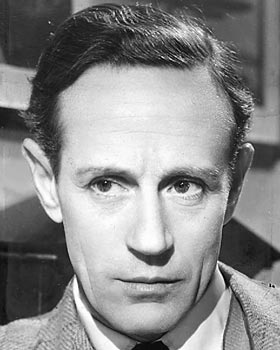

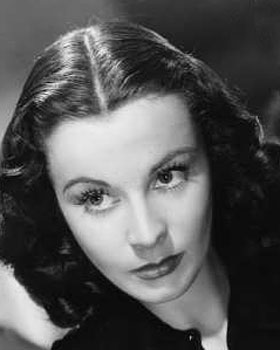
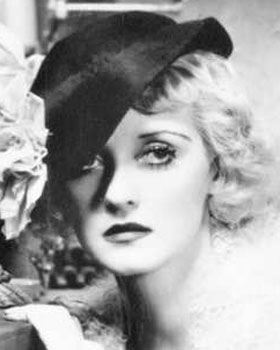
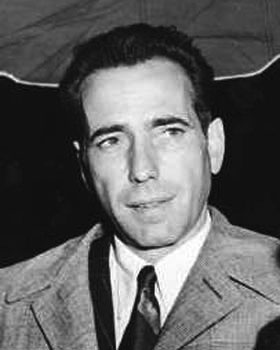
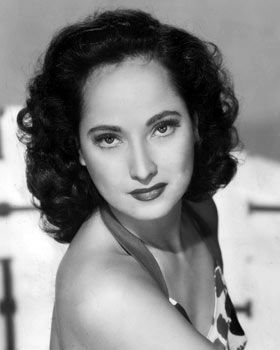
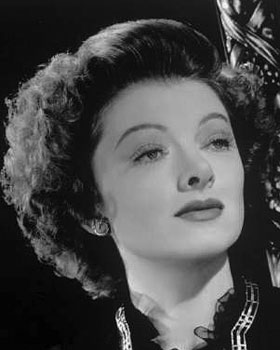
Two thoughts about Leslie Howard
Share a thought about Leslie Howard